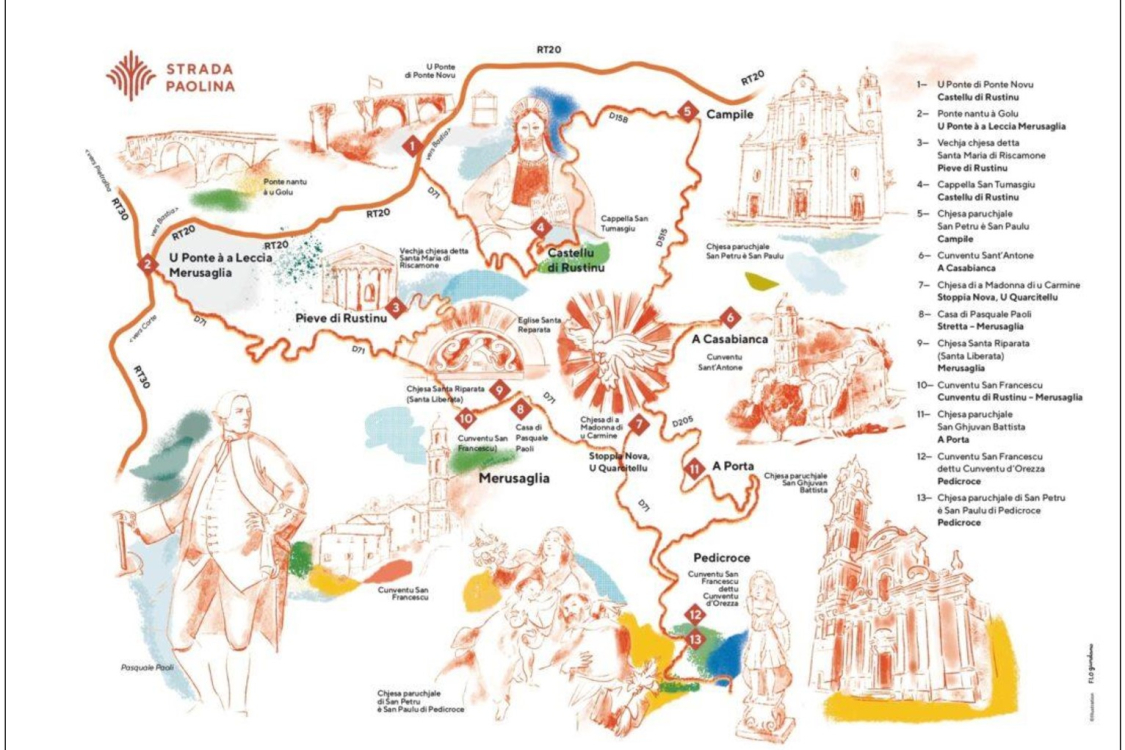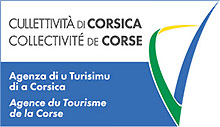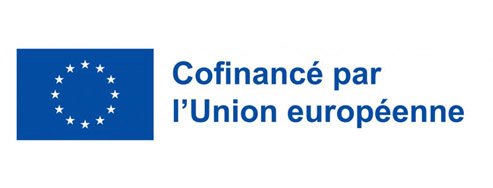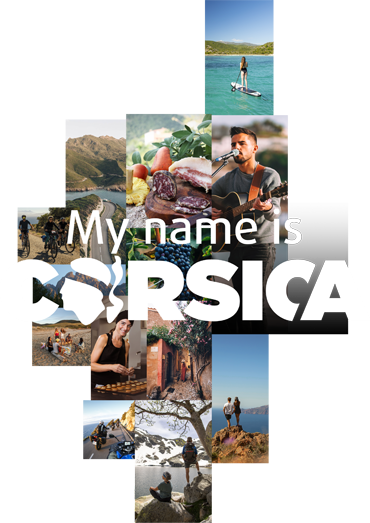Rechercher...
Explore Corsica
Corsica by bike: the Strada Paolina circuit, combining sport and history
 ©ATC-S.ALESSANDRI
©ATC-S.ALESSANDRI
Looking for a unique cycling challenge? The Strada Paolina circuit is waiting for you. These 95.7 km of winding roads follow the cultural route launched in May 2023 by the Corsican Regional Authority at the Orezza convent. 2025 marks the 300th anniversary of the birth of Pascal Paoli, a central figure in the island's independence. It's a great opportunity to combine physical exercise with historical discovery, far from the crowded beaches of the coast.
A challenging route through varied landscapes
 Map between sport and culture of Strada Paolina
Map between sport and culture of Strada Paolina
The circuit offers a challenging loop with 1,769 metres of elevation gain, between 162 and 981 metres above sea level. It starts and ends at Ponte Novu (Ponte-Novo), in the historic village of Castello di Rostinu (Castello-di-Rostino). The choice of starting point and length are not insignificant. They recall Paoli's defeat against the French, a significant event in Corsican history.
From the village, cycle through the chestnut groves of Castagniccia , the hilltop villages of Alisgiani, and the 12th-century religious ruins of Rustinu (Rostino). The route follows exclusively roads, which are sometimes narrow but always passable. The climbs to Valle di Rustinu (Valle-di-Rostino) will put your legs to the test, but the views are well worth the effort.
The villages you pass through seem frozen in time. You will meet local producers of Cervioni hazelnuts (Cervione), traditional syrup and chestnut spread, as well as artisans (knife makers, potters and soap makers). This human dimension enriches the sporting experience.
13 historical sites along the way
Ponte Novu marks the defeat in May 1769 against the French troops of the Count of Vaux. It signalled the end of Corsican democracy. In Merusaglia (Morosaglia), the birthplace of the ‘Father of the Fatherland’ immerses you in the private life of this historical figure.
As you continue on your way, the chapel of San Tumasgiu (Saint Thomas) in Castellu di Rustinu (Castello-di-Rostino) is well worth a stop. Its listed frescoes and typical architecture are perfect examples of 18th-century Corsican religious art. The Paoli family probably frequented this place of worship.
The San Francescu convent in Pedicroce (Piedicroce) is a highlight of the route. It was within these walls that, in 1735, Ghjacintu (Hyacinth) Paoli (Pascal's father) and other island leaders proclaimed Corsica's independence.
Prepare well for your trip
 Map of the Strada Paolina route
Map of the Strada Paolina route
Download itinerary n°20837211 on Openrunner in the format of your choice: GPX, TCX, KML, GPX-150, DVE. The route is not suitable for beginners: good physical condition and experience of mountain biking are essential.
We recommend that you bring at least two litres of water and plenty of food. The villages are far apart and shops are few and far between in this unspoilt area. Choose a bike that is suitable for slopes, with short gears and powerful brakes for technical descents.
Good to know: The ideal seasons
Spring (March-June) and autumn (September-November) offer the best conditions. Summer is not recommended. Temperatures can exceed 30°C, even at altitude.
The Strada Polina route takes you on a journey of discovery through Corsica's villages and traditions. At each stage, information panels in four languages (French, Corsican, Italian and English) provide details about the history of the area. The route is accessible on smartphones via QR codes and a free app.
Locate


powered by cd-media.fr



